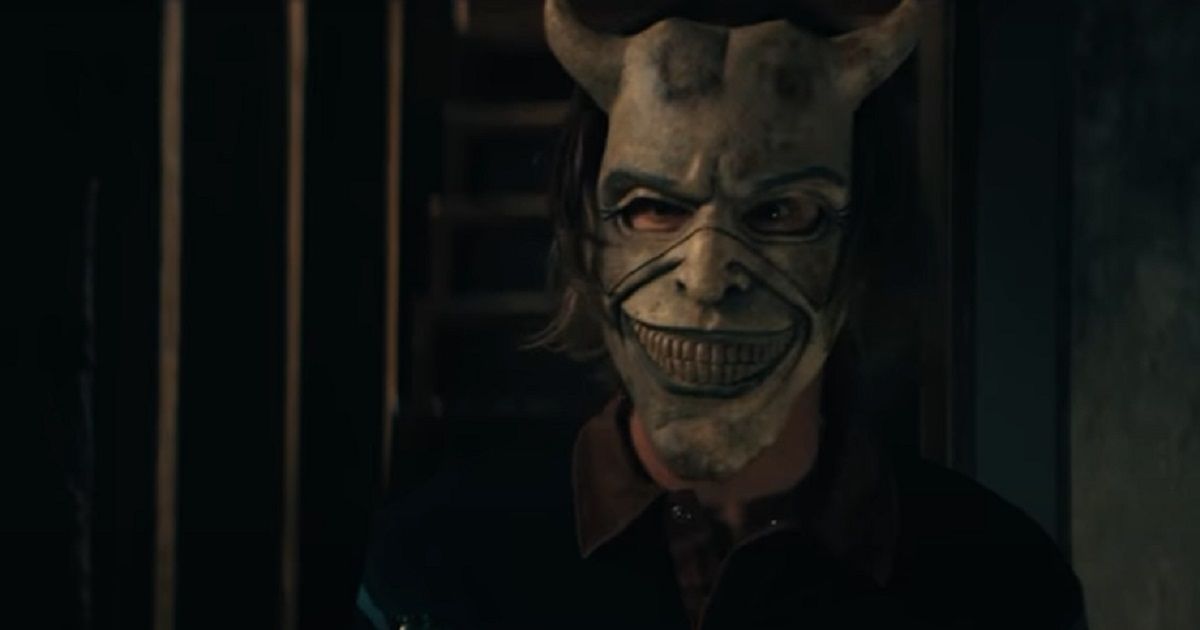#Emerald Fennell on Creating “Just Pure, Visceral Madness” With ‘Saltburn’

In Emerald Fennell’s Saltburn, Oscar nominee Barry Keoghan stars as Oliver Quick, a middle-class student at Oxford University who becomes infatuated with his handsome and wealthy classmate Felix Catton (Jacob Elordi). As the school year ends, Felix invites him to spend the summer with him and his idiosyncratic family at their massive country estate — the eponymous Saltburn.
Fennell’s follow-up to her Oscar-winning debut, Promising Young Woman, Saltburn is a psychological black comedy inspired by Gothic literature, tracing Oliver’s struggle to fit in with the strange and rich family that hosts him at their home. But twists and turns abound in Fennell’s satire of the British class system, which she describes as “Barry Lyndon meets indie sleaze.”

Mike Marsland/WireImage
Calling out other films set in similar environs (including Oscar-winning features The Remains of the Day and Atonement), Fennell deliberately plays with preconceived notions of British identity. “What happens when we take the most restrained genre about the most restrained people — to restrain it to the extent that it’s just pure, visceral madness?” Fennell asks.
The result is a wild and seductive tale of debauchery, eroticism and power, slowly unraveling to reveal that few of its characters are who they appear to be. Creating the world those figures inhabit proved great fun for Fennell, who turned to some of her favorite films, books and art to construct a mood board for Saltburn’s aesthetic.
Here, she shares with THR the inspirations for the film’s visual style as well as its expertly plotted screenplay, built on the bones of a particularly British kind of storytelling.

Caravaggio’s paintings of the biblical figure were numerous — and, as Fennell says, “very sexy.” The contrast of the white skin against red fabric has always caught the director’s eye, and that aesthetic went into the interiors of the Saltburn estate. “We’re framing a huge, sumptuous, almost biblical kind of place — everyone is in velvets and silks, lying on chaises in a formal setting,” she says. She also found inspiration in how Caravaggio depicted the male body: “There’s a lot of tension under the skin.”

Fennell calls L.P. Hartley’s 1953 novel, which tells the story of a young man who feels like an outsider within his Victorian-era boarding school, “a British staple.” She adds: “It’s exactly what makes this genre so thrilling. This is the skeleton of the story, a man going through all of his old stuff and realizing his life hasn’t gone the way he wanted it to, and he sets out to resolve things.” The novel also was adapted for film by Losey and Pinter in 1971.

This 1963 drama directed by Joseph Losey and written by Harold Pinter stars Dirk Bogarde as the servant to a wealthy Londoner. “Losey and Pinter’s collaborations are so electric, because they have an undeniable erotic power,” says Fennell. “That power relies entirely on the threat of violence — not just literal violence, but a complete chaotic upending of the status quo.”

At a late night karaoke party, Oliver is convinced to sing this Pet Shop Boys track — only to realize it’s intended to make fun of him. “It’s one of the most romantic songs ever written,” says Fennell of the tune, told from the perspective of a kept man. “The chorus is, ‘I love you, you pay my rent.’ There’s some simplicity to that transaction. You could argue it’s cold and cynical. But the underlying truth is something we’re all looking for.”

Dafydd Jones’ photos are both sordid and idyllic, capturing student life at Oxford in the 1980s — a direct reference for Fennell’s 2007-set social satire. “What’s so great about Oxford, Cambridge and the aristocracy is, like … pick your century, right?” she says. “Dafydd catches those moments of genuine exhilaration, wealth and youth.”
This story first appeared in a November standalone issue of The Hollywood Reporter magazine. Click here to subscribe.
If you liked the article, do not forget to share it with your friends. Follow us on Google News too, click on the star and choose us from your favorites.
For forums sites go to Forum.BuradaBiliyorum.Com
If you want to read more Like this articles, you can visit our Social Media category.



